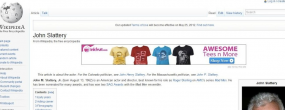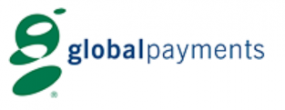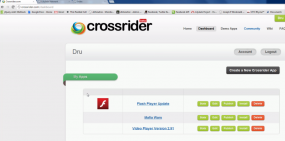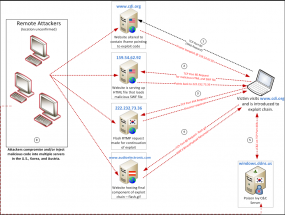A recent breach at billing and support software provider WHMCS that exposed a half million customer usernames, passwords — and in some cases credit cards — may turn out to be the least of the company’s worries. According to information obtained by KrebsOnSecurity.com, for the past four months hackers have been selling an exclusive zero-day flaw that they claim lets intruders break into Web hosting firms that rely on the software.
 WHMCS is a suite of billing and support software used mainly by Web hosting providers. Following an extended period of downtime on Monday, the privately-owned British software firm disclosed that hackers had broken in and stolen 1.7 gigabytes worth of customer data, and deleted a backlog of orders, tickets and other files from the firm’s server.
WHMCS is a suite of billing and support software used mainly by Web hosting providers. Following an extended period of downtime on Monday, the privately-owned British software firm disclosed that hackers had broken in and stolen 1.7 gigabytes worth of customer data, and deleted a backlog of orders, tickets and other files from the firm’s server.
The company’s founder, Matt Pugh, posted a statement saying the firm had fallen victim to a social engineering attack in which a miscreant was able to impersonate Pugh to WHMCS’s own Web hosting provider, and trick the provider into giving up the WHMCS’s administrative credentials.
“Following an initial investigation I can report that what occurred today was the result of a social engineering attack,” Pugh wrote. “The person was able to impersonate myself with our web hosting company, and provide correct answers to their verification questions. And thereby gain access to our client account with the host, and ultimately change the email and then request a mailing of the access details.”
Meanwhile, WHMCS’s user forums have been and remain under a constant denial-of-service attack, and the company is urging customers to change their passwords.
As bad as things are right now for WHMCS, this rather public incident may be only part of the company’s security woes. For several years, I have been an unwelcome guest on an exclusive underground forum that I consider one of the few remaining and clueful hacking forums on the Underweb today. I’ve been kicked out of it several times, which is why I’m not posting any forum screenshots here.
Update, May 29, 12:35 p.m. ET: WHMCS just issued a patch to fix an SQL injection vulnerability that may be related to this 0day. See this thread from Pugh for more information.
Original post:
In February, a trusted and verified member of that forum posted a thread titled,” WHMCS 0-day,” saying he was selling a previously undocumented and unfixed critical security vulnerability in all version of WHMCS that provides direct access to the administrator’s password. From that hacker’s sales thread [link added]:












